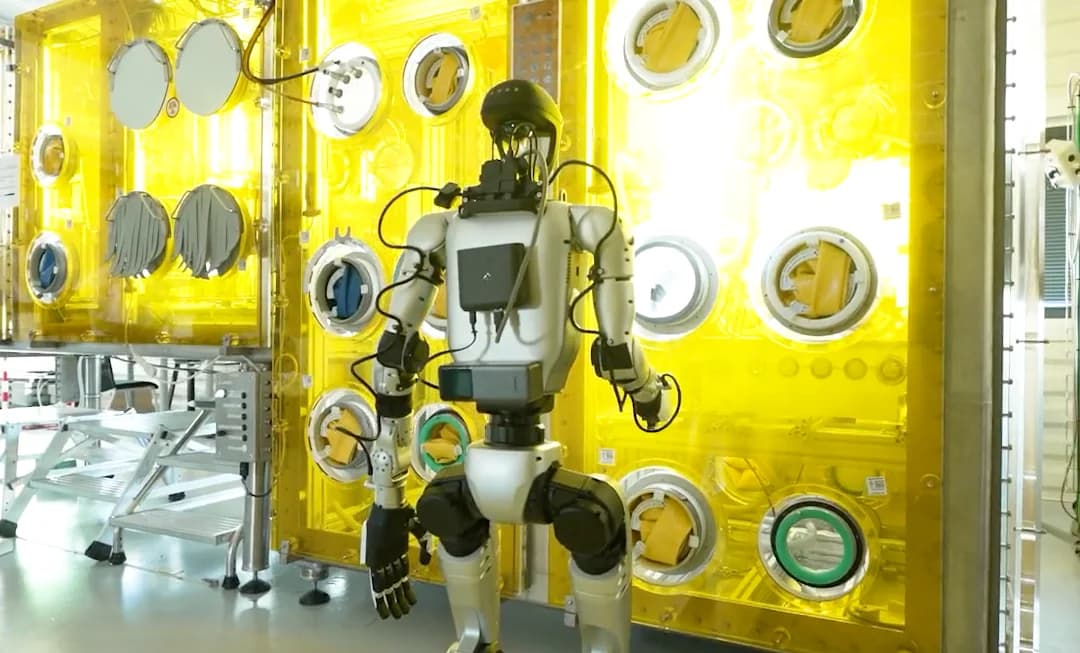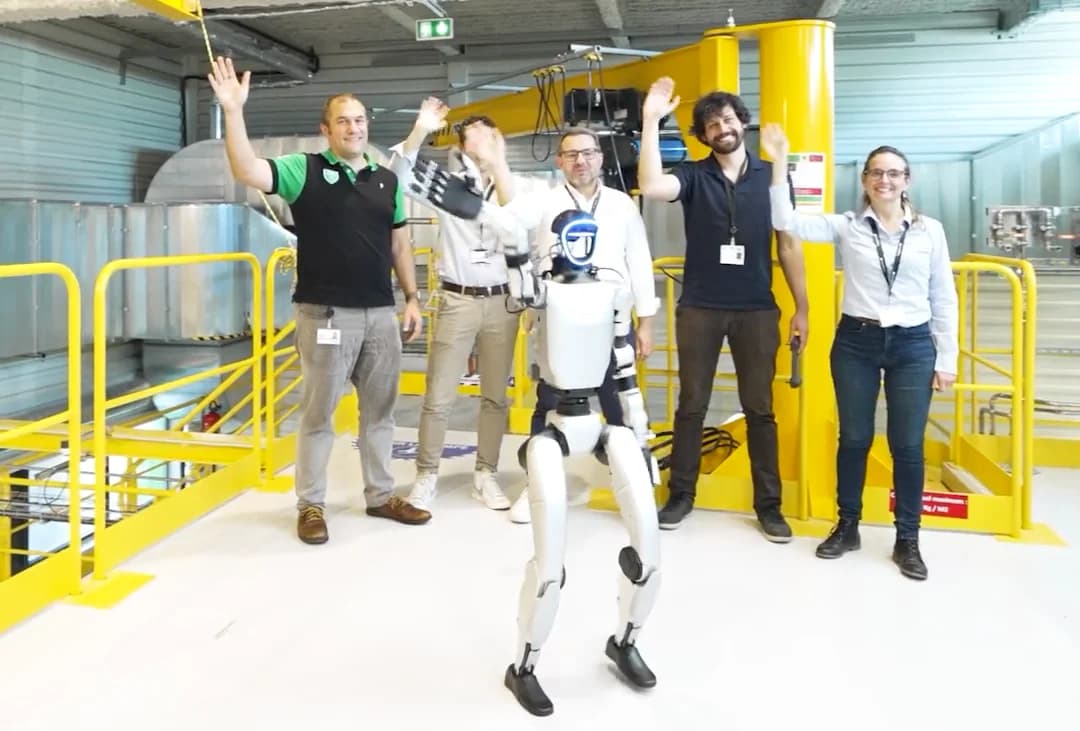- Published on
Capgemini and Orano Deploy Humanoid Robot ''Hoxo'' for Nuclear Operations

Orano, a global leader in nuclear materials, and technology partner Capgemini have announced the deployment of an intelligent humanoid robot named Hoxo at a facility in France. The robot is being tested for operations within nuclear facilities, including "challenging intervention environments."
The project is launching at the Orano Melox Ecole des Métiers, a training center in the Gard region. Hoxo's stated purpose is to replicate human movements and operate alongside human teams, with the goal of enhancing industrial performance and safety.
The G1 Platform Moves to Industry
The hardware platform for Hoxo is the Unitree G1. This is a notable development, as the G1 has rapidly become the platform of choice for many of the world's top AI and robotics labs.
In just the last few months, research teams from Amazon, Stanford, and MIT have all published work using the G1 to solve complex problems in manipulation and data generation. Caltech also recently featured the G1 in a demonstration as a transport for a transforming drone.
The Hoxo project signals a growing trend where the G1 is moving from a pure research platform to a candidate for real-world industrial application.
A 'Physical AI' for a Sensitive Environment
While Unitree provides the hardware, Capgemini is integrating the software, which it describes as "physical AI." This initiative, led by the firm's AI Robotics & Experiences Lab, reportedly combines artificial intelligence, computer vision, and digital twins.
This software-first approach, where an AI "brain" is developed for an existing platform, has become a key trend. The startup MindOne Robotics recently gained viral attention for demonstrating its own "MindOn" AI brain, which it also installed on a G1.
Capgemini states Hoxo is equipped with advanced sensors for real-time perception, autonomous navigation, and the "execution of technical gestures."
"This project... redefines human-machine interaction in sensitive environments and pushes the boundaries of industrial automation," said Pascal Brier, Chief Innovation Officer at Capgemini.
A Cautious Test for a Complex Challenge
This is not a full-scale deployment. Hoxo is beginning a four-month testing phase at the Orano training school to "validate the robot’s range of applications."

This cautious approach highlights the central problem facing the entire robotics industry: generalization. Creating robots that can operate reliably in unstructured environments remains a massive challenge.
Unitree's own CEO, Wang Xingxing, recently defined the "ChatGPT moment" for embodied AI as an "80/80" target: a robot that can complete 80% of tasks in 80% of unfamiliar scenes. To help solve this, Unitree has been heavily focused on creating data acquisition platforms, like its "Embodied Avatar" suit and its new wheeled G1-D, to feed the massive data needs of AI models.
While researchers at places like Amazon are using the G1 to solve foundational problems like fine-grained manipulation, the Hoxo project represents a significant, practical step. A major industrial player is now testing the platform's potential to move out of the lab and into one of the most safety-critical fields in the world.
"Hoxo opens new perspectives for our operations," said Arnaud Capdepon, Director of Orano Melox. "It’s an innovation we aim to evolve to meet our industrial needs, contributing to both safety and competitiveness."
Share this article
Stay Ahead in Humanoid Robotics
Get the latest developments, breakthroughs, and insights in humanoid robotics — delivered straight to your inbox.